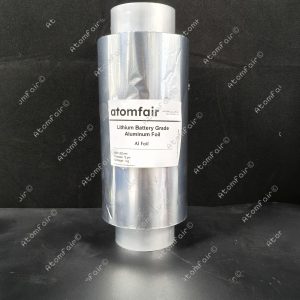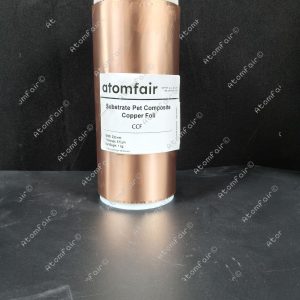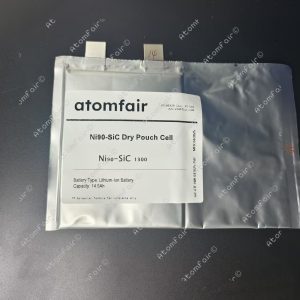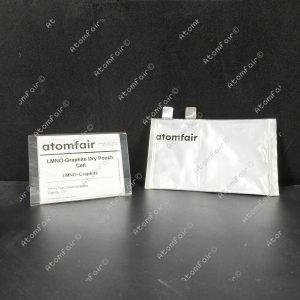Your cart is currently empty!

Atomfair Ethylene carbonate EC C3H4O3
Description Ethylene Carbonate (CAS 96-49-1) is a high-purity cyclic carbonate ester with the molecular formula C3H4O3, widely utilized in advanced electrochemical and industrial applications. This colorless, crystalline solid (or liquid above 36??C) is characterized by its exceptional polarity, high dielectric constant (??r?? 89), and broad electrochemical stability window, making it a critical component in lithium-ion battery electrolytes . Its IUPAC name, 1,3-dioxolan-2-one , reflects its cyclic carbonate structure, which enhances ionic conductivity when blended with solvents like dimethyl carbonate (DMC). Ethylene Carbonate is rigorously tested for trace metals (
Description
Description
Ethylene Carbonate (CAS 96-49-1) is a high-purity cyclic carbonate ester with the molecular formula C3H4O3, widely utilized in advanced electrochemical and industrial applications. This colorless, crystalline solid (or liquid above 36??C) is characterized by its exceptional polarity, high dielectric constant (??r ?? 89), and broad electrochemical stability window, making it a critical component in lithium-ion battery electrolytes. Its IUPAC name, 1,3-dioxolan-2-one, reflects its cyclic carbonate structure, which enhances ionic conductivity when blended with solvents like dimethyl carbonate (DMC). Ethylene Carbonate is rigorously tested for trace metals (<1 ppm) and water content (<50 ppm) to meet research-grade and industrial standards. Available in 99.9% purity, it is packaged under inert gas to ensure stability and shipped with detailed technical documentation, including MSDS, COA, and NMR spectra.
- CAS No: 96-49-1
- Molecular Formula: C3H4O3
- Molecular Weight: 88.06
- Exact Mass: 88.016043985
- Monoisotopic Mass: 88.016043985
- IUPAC Name: 1,3-dioxolan-2-one
- SMILES: C1COC(=O)O1
- Synonyms: Ethylene carbonate, 1,3-DIOXOLAN-2-ONE, 2-Dioxolone, Texacar EC, CCRIS 293
Application
Ethylene Carbonate serves as a key solvent in lithium-ion battery electrolytes, where it facilitates lithium salt dissociation and stabilizes SEI layers on anodes. It is also employed as a polar aprotic solvent in organic synthesis, particularly in carboxylation and transesterification reactions. Industrial applications include use as a plasticizer for polymers and a precursor for polycarbonate resins.
If you are interested or have any questions, please contact us at support@atomfair.com
Related products
-
Atomfair 1 kg/roll Battery Grade Aluminum Foil (200mm W x 12um T) for Battery Electrode Substrate/ Current Collector
$169.95 -
Atomfair 1 kg/roll Battery Grade PET Composite Copper Foil for Battery Anode Substrate/ Current Collector
$529.95 -
Atomfair 14.5 AH Ni90 || SiC Dry Pouch Battery Cell Without Electrolyte Filling
$550.00 -
Atomfair 1AH LCO || Graphite Dry Pouch Cell Lithium Ion Battery
$169.95 -
Atomfair 1AH LMNO || Graphite Dry Pouch Cell Lithium Ion Battery
$189.95




